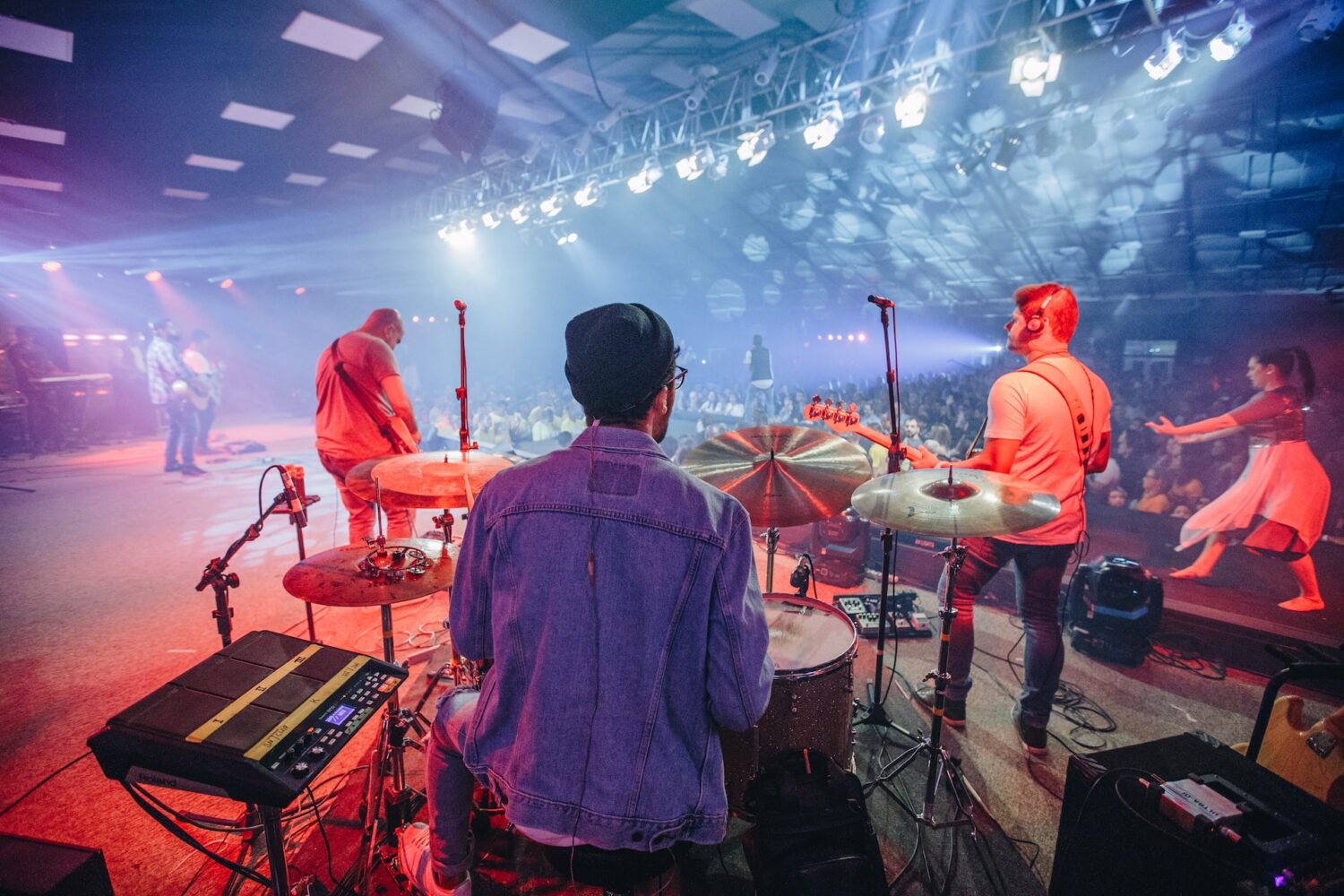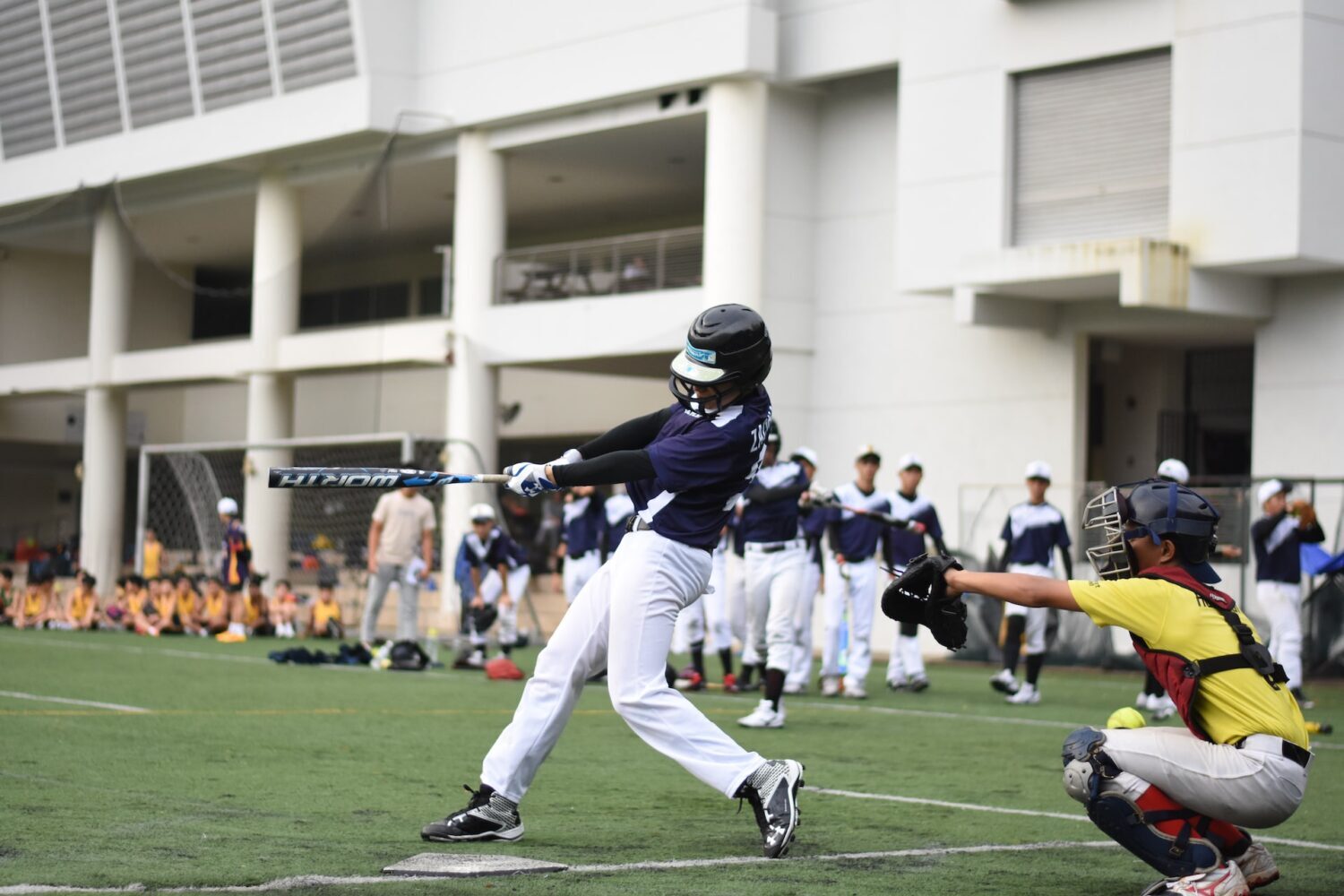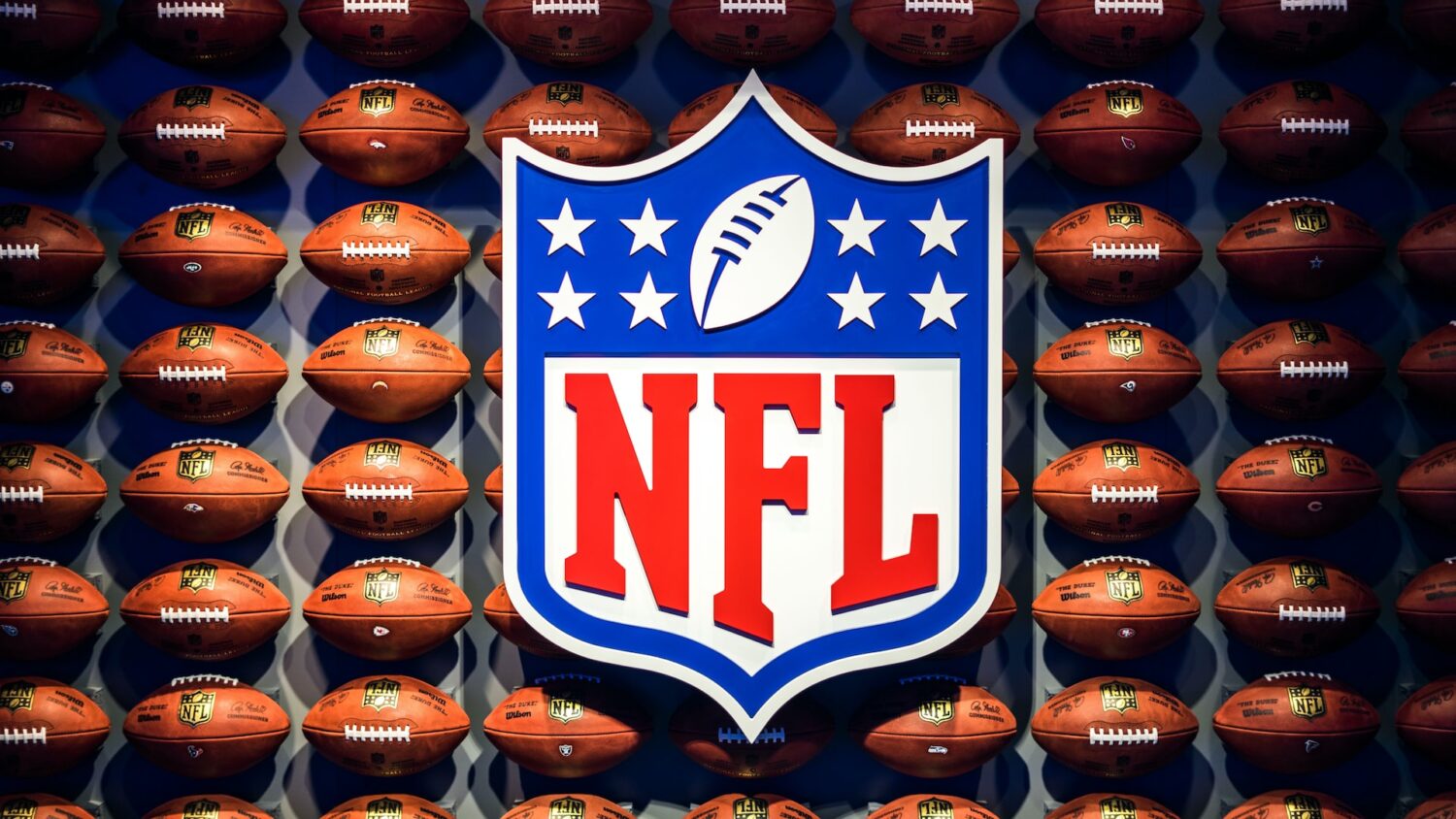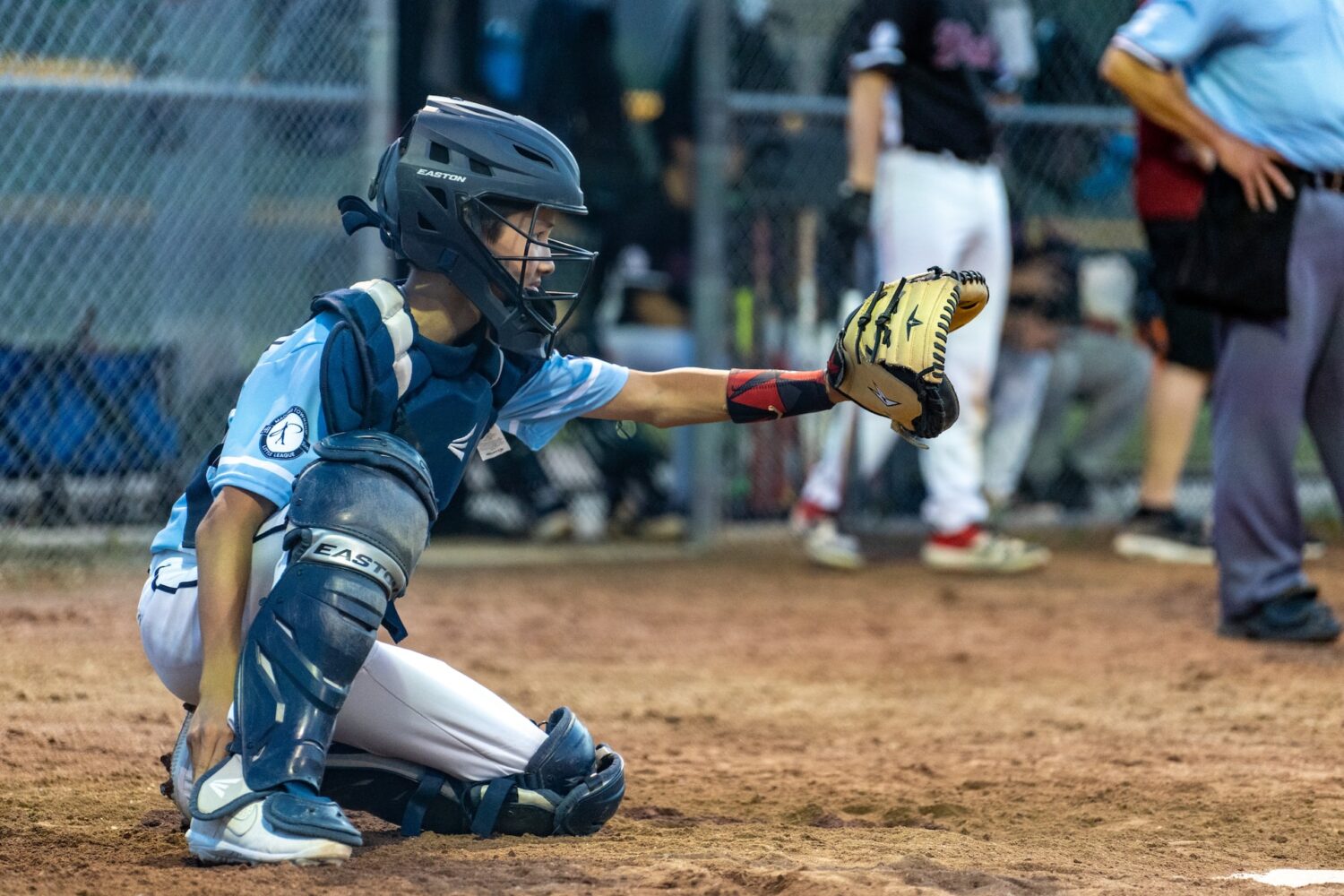
There are no identical shots in basketball. Once the ball leaves a shooter’s hands, it is difficult to replicate exactly where it will land, its arc and its rotation.
Just imagine it on a diagram similar to that of a sharpshooter’s target. When a game comes down to the final shot, even a millimeter to the left or to the right can make a difference. It can mean winning or losing a game.
That’s exactly how Oren Moravchik imagined the basketball hoop. Moravchik, a former sharpshooter and basketball fan, would watch basketball and see the basket as target practice.
“For years, I’ve been trying to connect the two sports,” Moravchik explains. “I see shots in basketball the same way I see target practice. I see a winning basket and say, ‘Hey, it landed to the side, a bit more and it wouldn’t have gone in.’”
He used this concept as the foundation of RSPCT, a company looking to help basketball players perfect their shot. At first he worked on his own, getting advice and feedback from big names in the business before eventually bringing his product to life.
RSPCT, which stands for Real Shooting Percentage, uses a sensor that can locate exactly where the ball hits every time a player shoots.
It’s simple to setup and use, you just need electricity, WiFi and, of course, a basketball court. After shooting around, a player and shooting coach can analyze every shot on the computer software to see where the center of the ball hit. They can follow any patterns that may cause him or her to shoot a bit to the left or a bit to the right, with too much of an arc or without enough of an arc, and so on.
“[This technology gives you] insight you can’t get from any other system,” Oren Sadeh, RSPCT’s CTO, explains. “There is a lot more information beyond whether a shot was made or if it missed that tells about the quality of the shot, the accuracy with which the player shoots.”
As for the software, the way the information is presented to player and coach is easy to understand and analyze.
“Everything is presented in a very visual way that is easy to connect with and understand,” says Sadeh. “There is no analysis of the information. Everything is presented in infographics on the screen, very clean, very easy to read, even for young kids. And you can take this information and translate it into action.”
Moravchik and Sadeh say their product is also key for younger generations of basketball players who dream of one day becoming Steph Curry.
“We want to give every player this tool, every child who plays in his backyard, the local court, his school, wherever there’s a basket,” says Moravchik. “[We want] to give them this tool and make sure they have access to information that helps improve their shooting.”
The earlier a player begins using this technology, the sooner he or she can begin to improve their game. It can even be used as a tool to create some friendly competition between teammates, as Sadeh explains.
“As soon as a kid has this data that he can print, share and compare with friends, it is something that psychologically generates a drive to get better and practice,” he adds.
But their technology can help more than just players in practice. RSPCT’s ability to analyze where a ball will land can help determine whether or not a shot was blocked or if it was a goal-tend, taking some pressure off of the referees.
“Today, every time there is a goaltend a referee stops the game and goes over to look at the replays from different angles,” Moravchik says. “[The referee] wastes time and in the end says there was an illegal block. And half of the people then say “no way.” And our product can give an immediate, accurate call, like the Hawkeye in tennis.”
Most importantly, their product can provide an unbiased call, meaning the refs won’t take the heat for what some consider the wrong ruling.
RSPCT’s technology can be used for more than just basketball, but before they move on to other branches of sports, they want to conquer the hardwood.
With such methods of sports analytics “we can change the entire world,” Moravchik says.
And the entire sports world is already changing based on these technologies. Moravchik says sports fans should get used to these data analytic advances, because they’re just scratching the surface.
“We are at the beginning of a revolution and it’s going to be fascinating,” he says. “The sports world is going to change completely, and for the better.”

The greatest NBA dynasties of all time
The goal for any basketball franchise is to build a dynasty that fans and experts will be talking about for











